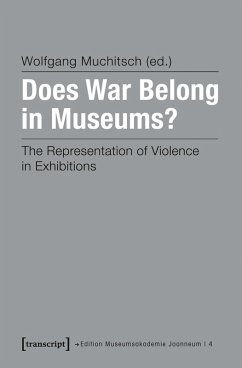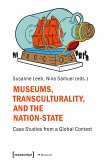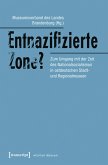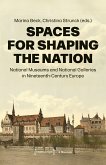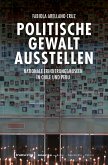Presentations of war and violence in museums generally oscillate between the fascination of terror and its instruments and the didactic urge to explain violence and, by analysing it, make it easier to handle and prevent. The museums concerned also have to face up to these basic issues about the social and institutional handling of war and violence. Does war really belong in museums? And if it does, what objectives and means are involved? Can museums avoid trivializing and aestheticising war, transforming violence, injury, death and trauma into tourist sights? What images of shock or identification does one generate - and what images would be desirable?

